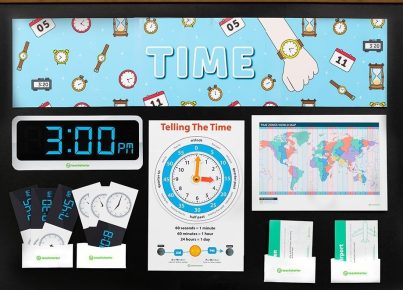Introduction:
Introducing different cultures to elementary students can be an enlightening experience. It exposes them to various perspectives and helps broaden their understanding of the world. These 20 around the world elementary activities are designed to engage young students in creative, interactive, and educational ways that demonstrate the beauty of cultural diversity.
1. Recipe Books From Different Countries: Encourage students to explore various cuisines from around the globe by researching and compiling a collection of recipes into a book.
2. Cultural Show and Tell: Assign each student a specific country and have them bring in an item or article representing their assigned nation for show and tell.
3. Musical Chairs: Play music from multiple cultures and incorporate various traditional dances while playing this classic game.
4. International Art Gallery: Assign each student a country, then provide materials for them to create unique artwork reflecting that culture’s artistic style.
5. Worldwide Storytelling: Read folk tales from other countries, exposing children to countless narratives and beliefs present in global literature.
6. DIY Flags: Students can research and design national flags of assigned countries using construction paper or fabric.
7. Traditional Clothing Exhibition: Host a cultural fashion parade showcasing different types of clothing worn around the globe, then discuss the various styles with students.
8. World Music Exploration: Introduce children to instruments from diverse backgrounds, including African drums, Eastern stringed instruments, or Asian flutes.
9. Language Learning Sessions: Teach students basic greetings and phrases in multiple languages spoken worldwide.
10. Craft Making: Pick traditional crafts from various countries for the students to recreate (e.g., paper lanterns, origami, or dreamcatchers).
11. Cultural Dance Lessons: Hire professional dancers or collaborate with older students/teachers skilled in a foreign dance form to teach kids traditional dances.
12. Geography Games: Organize puzzle-solving games using world maps or quizzes revolving around countries, capitals, and flags.
13. International Potluck: Invite students to bring in a traditional dish specific to an assigned country for a shared meal showcasing global flavors.
14. Documentary Screening: Show educational documentaries about different cultures, focusing on daily life, traditions, and geography.
15. Creating Cultural Posters: Assign students to design visually-comprehensive posters explaining cultural events or icons from different countries.
16. Skits and Role-plays: Develop short plays or skits that teach students about the customs and manners of different cultures.
17. Global Sports: Introduce sports from around the world such as cricket, rugby, or sepak takraw to spark interest in international athletics.
18. Field Trips: Visit cultural centers or museums within your community that display art and artifacts from around the world.
19. Pen-Pal Exchange: Partner with an international school to create opportunities for students to communicate and build intercultural friendships via mail or email.
20. Cartography Lessons: Teach children the basics of reading maps to identify continents, oceans, and countries while exploring the planet’s geography.
Conclusion:
These 20 elementary activities serve as excellent introdu(-remove) entry points for young students to learn about global diversity, embracing the idea that our world is filled with fascinating cultural differences awaiting exploration. By participating in these exercises, children can develop multicultural understanding early on, laying the groundwork for a more inclusive future.





